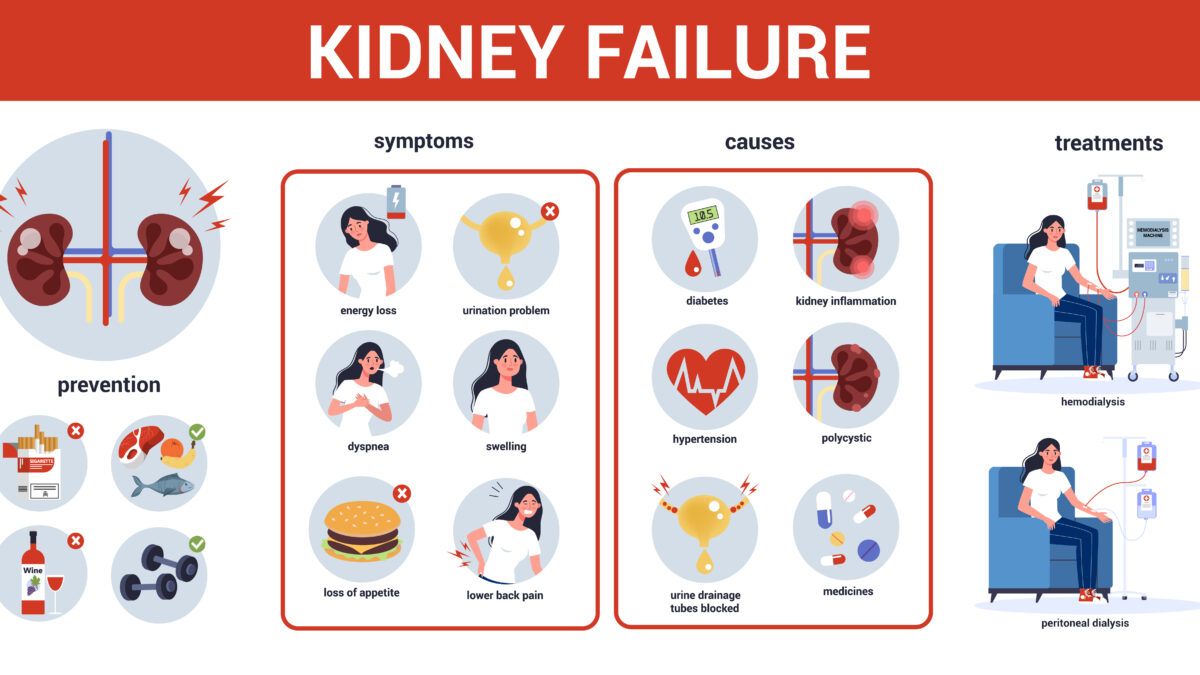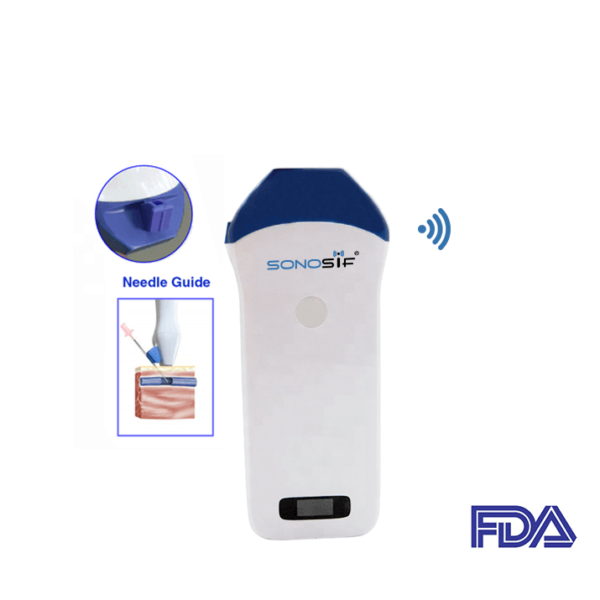- Immediate contact :
- +1-323-988-5889
- info@sonosif.com

Abdominal Wall
October 16, 2020
Platelet-Rich Plasma: PRP
October 18, 2020Hemodialysis is a treatment used when the kidneys fail ( stage 5 kidney disease) and can no longer clean the blood and remove extra fluid from the body.
Hemodialysis catheters or Dialysis catheters are artificial indwelling transcutaneous conduits that are used to access the intravascular space or the intraperitoneal space for renal replacement therapy.
The insertionof percutaneous hemodialysis catheters is an invasive procedure with a small but definite risk of morbidity and mortality.
Which Ultrasound Scanner is best used for Hemodialysis?
Since the Mini Linear Handheld Wi-Fi Ultrasound Scanner MLCD offers a real-time Ultrasound-guidance, SONOSIF ‘s Research and Development team always recommends it to our Nephrologist clients.
Thanks to its light and small design it is easy to carry and fits right into a pocket. it’s a High -resolution ultrasound images and High intensity focused digital. It comes with a needle guide holder. Hence, it can be directly set to the guide pin frame. It provides control of the needle insertion path, needle depth, or angle without the risk of damaging adjacent structures.
Catheter access may also be necessary for the provision of therapeutic plasma exchange. The MLCD permits direct visualization of the target vein during catheter placement and is associated with increased successful cannulation, a decreased number of attempts, and a decreased complication rate.
Ultrasound-guidance significantly improves success rate, reduces the number of attempts, and decreases the incidence of complications related to FV DC insertion.
To sum up, the use of real-time Doppler ultrasound guidance has benefits concerning several important clinical outcomes, and its routine use in the insertion of hemodialysis catheters is strongly recommended.
References: Ultrasound-guided cannulation of hemodialysis access, Use of real-time ultrasound guidance for the placement of hemodialysis catheters





